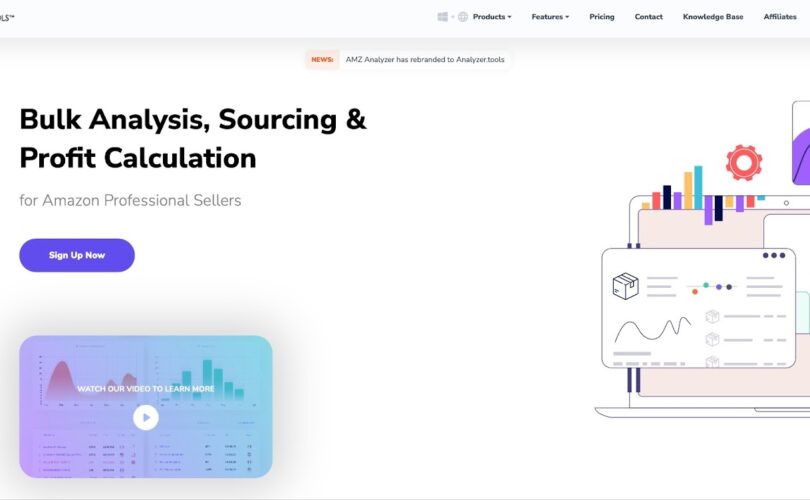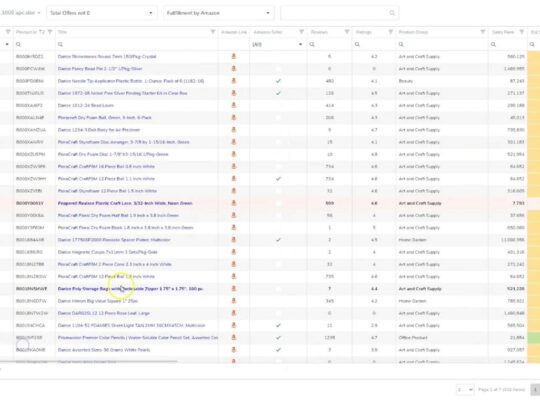Amazon.com recently mandated a significant branding update for all third-party applications associated with the e-commerce giant. This initiative is specifically targeted at applications using “AMZ” in their naming, a practice Amazon believes could lead to “customer confusion” regarding their trademark.
While this change may seem unexpected, it is important to remember that these applications function within the Amazon ecosystem, making this a logical step in preserving the clarity of brand image and trust with consumers. Even though the acronym “AMZ” does not seem to be an Amazon trademark, their regulatory capacity in this context is indisputable.
It has been observed that unlike some other applications, several have always been careful not to infringe on Amazon’s registered icons, color schemes, or logos. However, with Amazon’s new branding request, these cautious measures no longer suffice. Here’s why:
- Customer Clarity: Amazon is keen on ensuring that customers can quickly determine which products and services are explicitly endorsed by Amazon. By eliminating the “AMZ” from third-party apps, they aim to reduce potential mix-ups;
- Trademark Protection: Although “AMZ” hasn’t been registered officially as an Amazon trademark, it implicitly associates with Amazon’s branding. By asking apps to re-brand, Amazon is asserting its authority to define how its brand is used—even indirectly;
- Market Influence: Being a market giant, Amazon has the leverage to set rules within its ecosystem. Amazon’s request should be seen as part of their ongoing effort to streamline the market, minimizing brand confusion, and enhancing customer experience.
By complying with Amazon’s request, these third-party apps will not only ensure smooth operations within the Amazon ecosystem but also help maintain the integrity of Amazon’s brand for the benefit of all stakeholders.
Analyzing the Changes: From “AMZ Analyzer” to “Analyzer.tools”
The digital landscape is ever-evolving, and the need to adapt to new rules is a constant for any online business. Keeping pace with these changes, the application formerly known as “AMZ Analyzer” will now be universally referred to as “Analyzer.tools.”
With this rebranding move, we aim to maintain compliance with Amazon’s dictum to avoid using “AMZ” in third-party applications. This decision stems from the e-commerce behemoth’s efforts to preclude potential ambiguity concerning its trademarks. So, the transition from “AMZ Analyzer” to “Analyzer.tools” is an inevitable evolution.
The crucial aspects to note in this change include:
- Software Continuity: The change in name won’t affect the application’s operation or its features. It is solely a rebranding action, involving only a name change, not a functional alteration;
- Visibility of the Change: Soon, users will see the new name reflected in the upcoming software update and across all digital platforms. This includes the application’s official website and all associated social media handles.
By announcing this transformation publicly, we aim to achieve two primary objectives:
- Customer Clarity: We are committed to ensuring our users understand the reason behind the name change, thus avoiding any potential confusion or surprise;
- Industry Alert: We believe in the power of shared knowledge. Hence, we hope that our rebranding experience enlightens other third-party Amazon apps, alerting them to the likelihood of similar requests from Amazon.
We encourage you to spread the word about this significant change by sharing this article. We believe that through open communication and timely notifications, we can collectively navigate Amazon’s evolving ecosystem most effectively.
For further inquiries or if you need assistance, please feel free to reach out to us at support@Analyzer.tools.
In Conclusion
In the dynamic world of digital commerce, compliance and adaptability are key to sustainability and growth. While this rebranding endeavor might seem daunting initially, it is vital to view it as a step towards a more streamlined and efficient marketplace, free of confusion and ambiguity. In the long run, these changes will promote better customer understanding and foster a harmonious relationship between Amazon and third-party applications. Remember, change is not a disruption, but a pathway to advancement.






